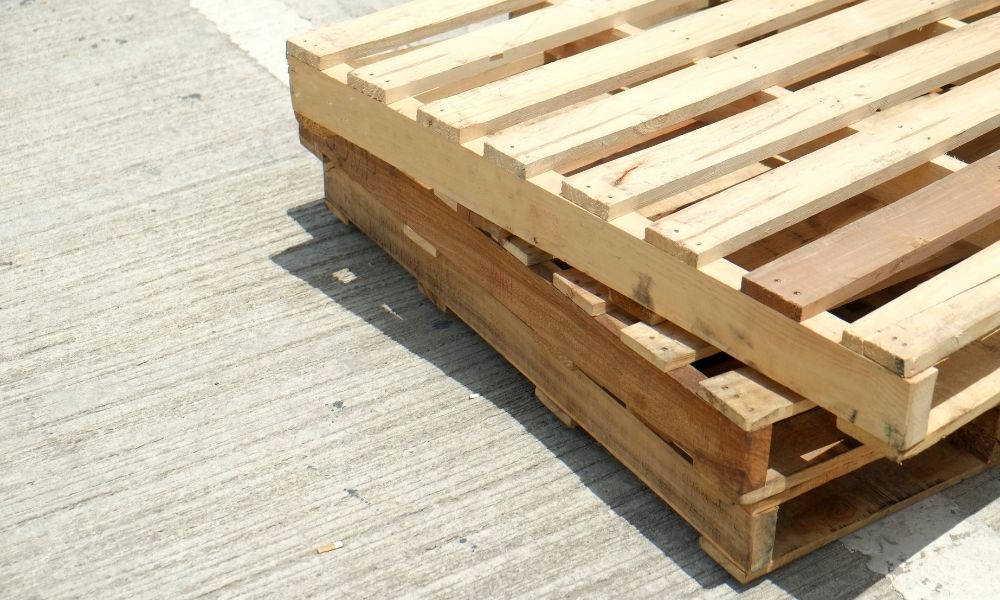Pallets are essential components in nearly every industry, from manufacturing and distribution to warehousing and transportation. However, their compositions vary significantly, impacting their recycling potential. Understanding the connection between the types of pallets and recycling efforts is crucial for promoting sustainability and reducing waste. Explore how different pallet compositions affect the environment and recycling capabilities.
Pallet Materials: The Building Blocks of Recycling
There are three main types of pallet materials—wood, plastic, and metal. Each of these materials presents unique challenges and benefits concerning their recyclability.
Wood Pallets
Wood pallets are the most widely used type, often favored for their affordability and versatility. However, with the increasing demand for sustainability, it’s essential to consider their environmental impact. Wood pallets can be easily repaired or repurposed, but when recycling becomes necessary, the process involves grinding the wood into mulch or wood chips for landscaping, animal bedding, or biomass production. It’s important to note that not all wood pallets are suitable for recycling, especially those treated with chemicals or contaminated with certain substances.
Plastic Pallets
Plastic pallets are lightweight, resilient, and suitable for repeated use. They are also more expensive than their wooden counterparts. Still, they provide a longer lifespan and require less maintenance, making them an attractive option for businesses pursuing environmentally friendly practices. Most plastic pallets use high-density polyethylene (HDPE) or polypropylene (PP), which are easy to recycle. However, experts must sort and clean them first, as different plastic types and contaminants can hinder the recycling process.
Metal Pallets
Metal pallets, primarily made of aluminum or steel, are less common than wood and plastic pallets. They offer unmatched strength and durability, making them ideal for incredibly heavy or specialized loads. Metal pallets can be entirely recycled, and their lifespan is much longer than that of wood or plastic pallets. However, recycling metal pallets requires substantial energy and resources, which could negate some of their environmental benefits.
Best Practices for Sustainable Pallet Usage
To minimize the environmental footprint of your pallet usage, consider implementing these practices.
Return Pallets for Money
Encourage pallet return for money among your suppliers and customers. Returning and reusing pallets not only reduces waste but also offers potential financial incentives, as you can utilize pallet return for money through certain programs.
Use Durable, Repairable Pallets
Invest in high-quality, long-lasting pallets that can be easily repaired or repurposed. Choosing the right pallet material for your specific needs will maximize their lifespan and limit the need for recycling.
Work With Responsible Recycling Partners
Collaborate with reputable recycling organizations or businesses that prioritize environmentally friendly practices. They can help ensure that your pallets are appropriately processed and disposed of, minimizing their environmental impact.
By understanding the relationship between pallet composition and recycling, businesses can make informed decisions about their pallet usage, ultimately bolstering their sustainability efforts and reducing waste. With the right strategies in place, every company can contribute to a more resilient and eco-friendly supply chain while saving costs with pallet return for money programs. If you’re looking to partner with a quality pallet company, contact First Alliance Logistics Management.

